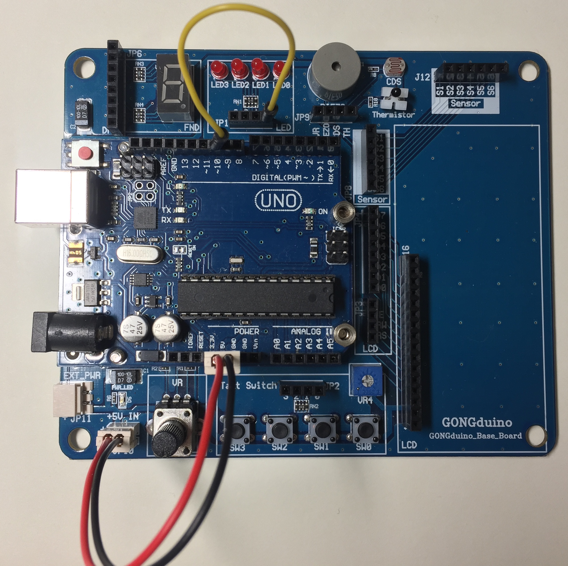

- CONTROL LED ARDUINO SERIAL
- CONTROL LED ARDUINO FULL
- CONTROL LED ARDUINO CODE
- CONTROL LED ARDUINO LICENSE
Option 2 - Control the common pin for each strip.īasically, you will be using e.g. Check the spec sheet on the SIPO to see how many milliamps it can carry at once (maximum). This also has the advantage that SIPO chips can normally carry much more power than an arduino. This option uses about arduino 4 pins, for an unlimited number of output pins.

The best part is that each SIPO chip has an overflow - if you put a ninth bit in, you will get the first bit out of the overflow pin, which you can hook up to the input pin of a second SIPO, and so forth. You basically send out 8 bits at a time, to a SIPO chip, then "enable" the chip this changes the 8 "output" pins of the sipo to combinations of high/low as per the 8 bits that went in. Google "Arduino SIPO", and you will find examples. Option 1 - the easy way: You can use a serial-in-parallel out. Pixels.show() // This sends the updated pixel color to the hardware.ĭelay(delayval) // Delay for a period of time (in milliseconds). tPixelColor(i, pixels.Color(255,5,255)) // Moderately bright green color. For a set of NeoPixels the first NeoPixel is 0, second is 1, all the way up to the count of pixels minus one. Pixels.begin() // This initializes the NeoPixel library. This is for Trinket 5V 16MHz, you can remove these three lines if you are not using a Trinket Int delayval = 500 // delay for half a second

example for more information on possible values.Īdafruit_NeoPixel pixels = Adafruit_NeoPixel(NUMPIXELS, PIN, NEO_GRB + NEO_KHZ800) Note that for older NeoPixel strips you might need to change the third parameter-see the strandtest When we setup the NeoPixel library, we tell it how many pixels, and which pin to use to send signals. How many NeoPixels are attached to the Arduino? On a Trinket or Gemma we suggest changing this to 1 Which pin on the Arduino is connected to the NeoPixels?
CONTROL LED ARDUINO LICENSE
released under the GPLv3 license to match the rest of the AdaFruit NeoPixel library
CONTROL LED ARDUINO CODE
You can use my example code here: // NeoPixel Demo minimum
CONTROL LED ARDUINO SERIAL
Now if you already have the strips, and they are analog strips, I think you can find similar drivers that output more power to drive strips, but still use a serial protocol.

You can drive a decent amount of LEDs from Vin (before the power regulator), but not anything near 19 strips. You will likely need to use external power sources. You will need to supply enough current (60mA per led), and supply it at several points along longer strips. Alternatively, you can create a custom library with reduced bit depth, or one that stores pixels in clusters, because at the end of the day you are just operating a giant shift register.
CONTROL LED ARDUINO FULL
You will need enough RAM to store the full array of pixels in memory, which is 3 bytes per pixel. You could even chain the end of one strip to another, allowing all control to come from two pins of an arduino.Īssuming you go this route, consider the following: They feature 8 bit per channel RGB color (24 bit color) and take care of PWM internally. These are basically skillfully branded WS2811 & WS2812 LEDs, but they are very well documented and well built. Take a look at Ada Fruit's neopixels to start. This would alow you to set the first row blue, the second purple, each one can be controled independently. You can use addressable LEDs that allow chaining from one LED to another using a serial protocol.


 0 kommentar(er)
0 kommentar(er)
